Simple versions of Norse mythology describe the Asgardian gods as a force for good, and their nemeses, the giants, as a force of chaos and evil. But nothing in the world is so black and white.
The giants and Asgardian gods in the original Norse myths certainly aren’t so clear cut. Just as the Asgardian gods were flawed, the giants had unique characters and personalities, and motives for their actions.
One of the most interesting giants from Norse mythology is the giantess Angrboda, whose name means ‘bringer of grief’. But she was far from a simple force for grief, and as the consort of Loki is one of the most important mothers in Nose mythology, bearing three of the most fearsome creatures from Norse myth.
The Witch of Ironwood
In the Prose Edda, the giantess Angrboda is described as a witch living east of Midgard, the world of men, in a forest called Ironwood.
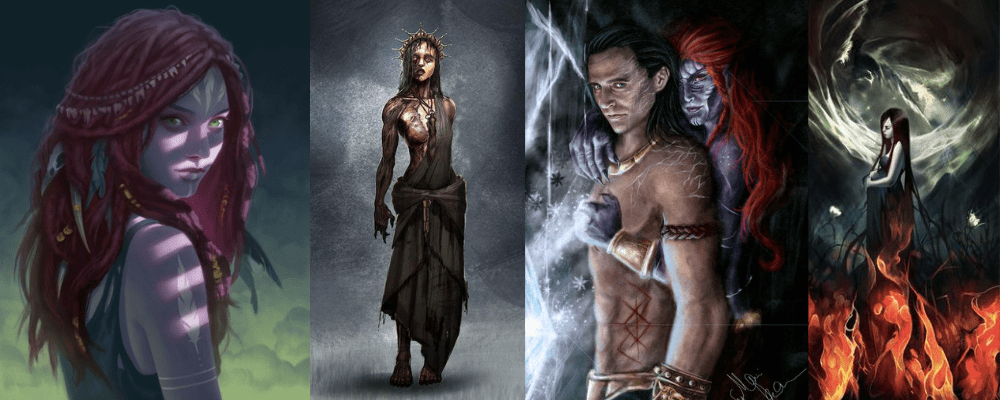
This wood will have been located in Jotunheim, the land of the giants. Also sometimes called Utgard, Jotunheim was a world of chaos where nothing is what it seems.
Composed mostly of rocks, wilderness and dense forests, it was from here that the giants are said to have threatened the worlds of the Asgardian gods, Asgard, and the world of men.
The giantess Angrboda, ‘the bringer of grief’ is often described as having reddish hair, the colour of dried blood, and a muscular physique in modern interpretations. But this seems like it might be a projection of a surviving description of the warrior Freydis. Nevertheless, Angrbods is also described as a fearsome she-warrior chieftain and a shapeshifter, able to take the form of a wolf.
She may also have been the leader of a wolf clan, and she may have been the mother of many of the wolves in her clan.
While these descriptions of the Angrboda of Norse mythology may conjure images of a fearsome creature, she may well have been a great, if terrifying, beauty. She certainly caught the eye of Loki.
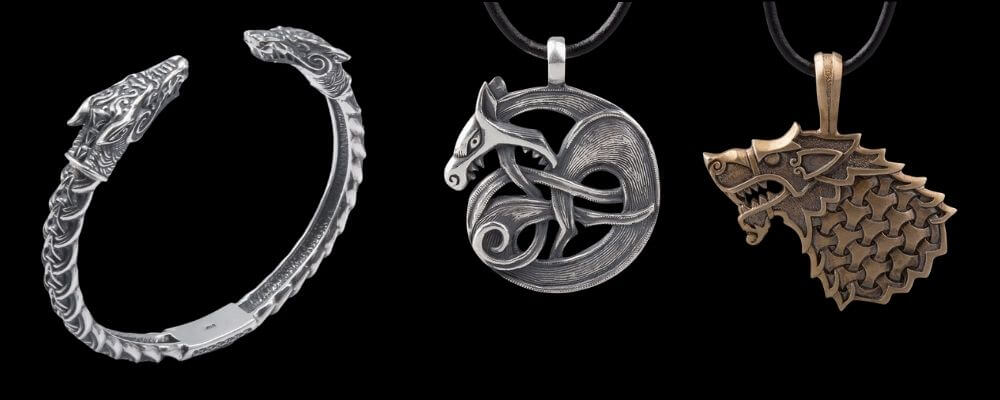
Family of Angrboda
For a period of time, Angrboda was partnered with the giant Loki, the trickster who lived among the Asgardian gods. Loki was also married to the goddess Sigyn.
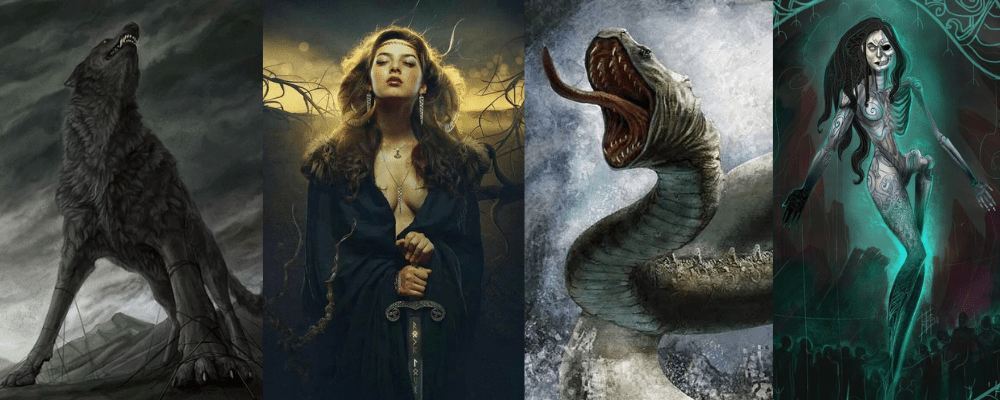
Polygamy does not appear to have been uncommon among the giants, so the bringer of grief probably did not have a problem with Loki’s other marriage. In fact, as a warrior chieftain, Loki was probably considered her consort, rather than she Loki’s.
With Loki, Angrboda was mother to three children, all of which are among the most fearsome creatures in Norse mythology.
Fenrir
First, with Loki Angrboda was the mother of the great wolf Fenrir, who is destined to kill and devour Odin himself during Ragnarok, the Norse apocalypse.
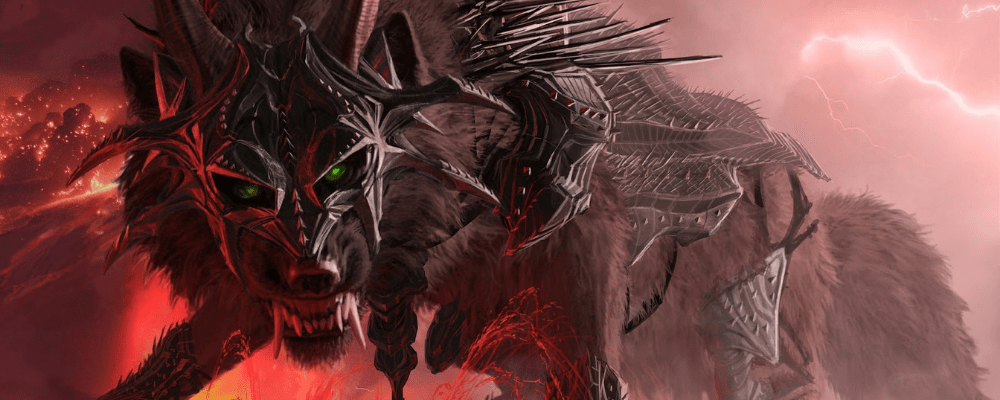
The Asgardian gods so feared Fenrir that they tethered him up in Asgard with an enchanted ribbon that they procured from the dwarves.
They tricked Fenrir into putting on the ribbon, as he was too strong for them to deal with. They also wedged a sword in his mouth to control his jaws, after he bit off the hand of the god Tyr in retribution for the trick.
Some suggest that with her son Fenrir, Angrboda was also the mother of two further children, the wolves Hati and Skoll.
These two mighty wolves were destined to spend their lives chasing the sun and the moon. According to the Ragnarok prophecy, when the end of days finally arrives, Hati and Skoll will finally catch and devour their prey, throwing the world into darkness.
The Serpent Jormungandr
Angrboda was mother to a second child with Loki, the serpent Jormungandr, also known as the Midgard serpent.
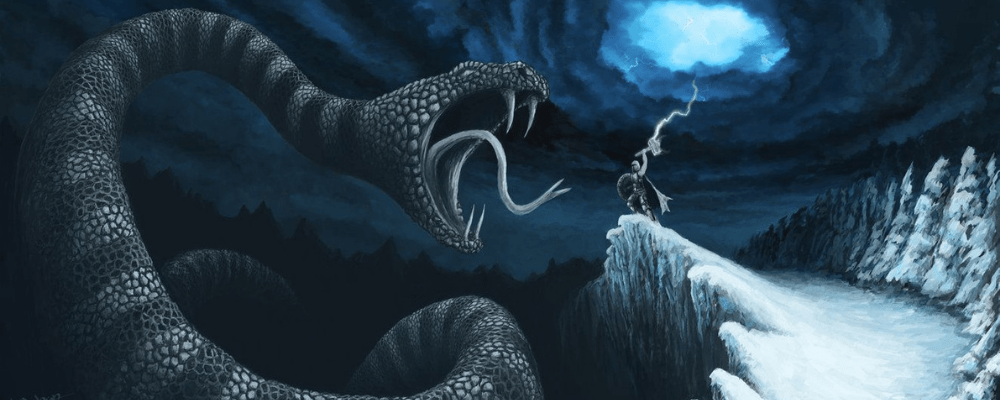
Fearing the destruction that could be wrought by this creature, the gods threw the young serpent Jormungander into the sea that surrounds Midgard, the world of men.
There he grew to such a great size that he could encircle the entire world and hold his own tail in his mouth. The serpent Jormundangr is destined to fight to the death with Thor during Ragnarok.
While Thor will kill the serpent, Jormungandr will spew so much poison onto Thor that the god will die. Jormungandr will also spew his poison into the nine worlds of Norse mythology, poisoning them as well.
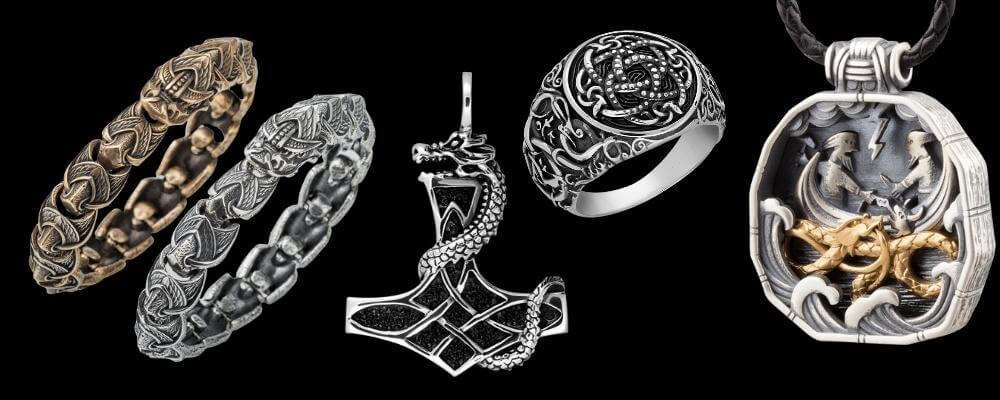
Hel
The final child of Loki and the giantess of grief was Hel, a giantess herself. Hel was said to have been half-giant, and half monster, with the bones on one half of her body completely exposed.
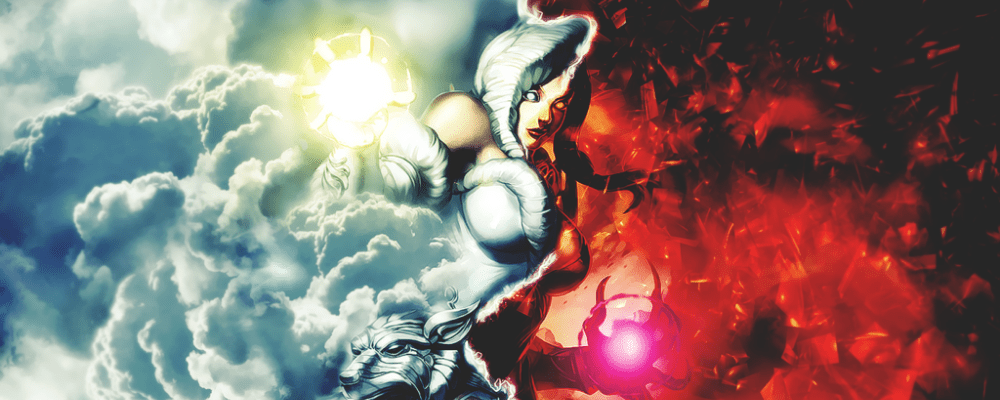
For this reason, she is sometimes depicted as half black and half white. The Asgardian gods sent Hel to Helheim, the Norse underworld, in order to reign over the dead.
Hel alone has the power to decide who can pass out of Helheim. This is shown in the story of the death of Balder (caused by her father Loki).
Balder was the son of Odin, and despite being the kind of he cannot release his son from Helheim, but can only ask Hel to release him. Hel actually agrees to this, on the condition that everything in all the nine worlds of the Norse cosmos weep for him.
This was again thwarted by Loki, and Balder must remain in Helheim until Ragnarok.
When Ragnarok comes, she will sail to Asgard alongside her father Loki with an army of the dead in order to join the fight against the Asgardian gods.
Angrboda and the End of Days
While The role of the giantess Angrboda in Ragnarok is not recorded anywhere, it is likely that she joined the army of giants that marched against Asgard.
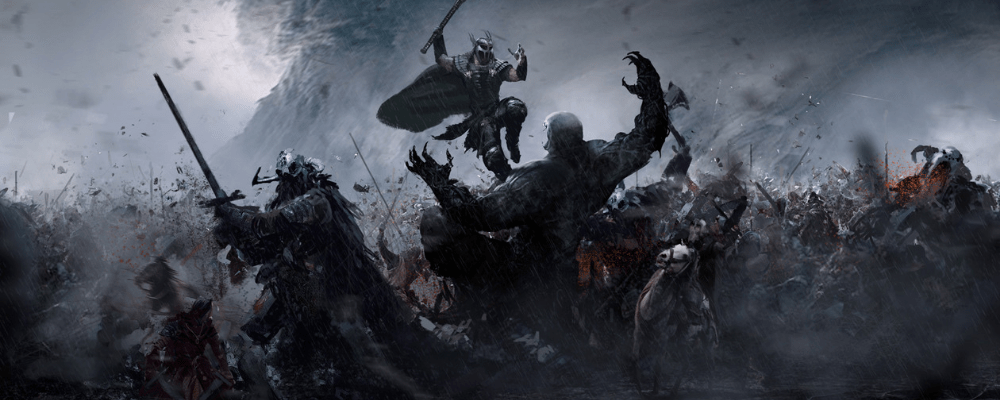
Would it be any surprise that she, as a mother, would want vengeance for the treatment of her children by the Asgardian gods?
Considering the central role of all her children in the Ragnarok prophecy of the end of days, Angrboda could be considered the mother of the apocalypse. This is another fitting title for the bringer of grief.
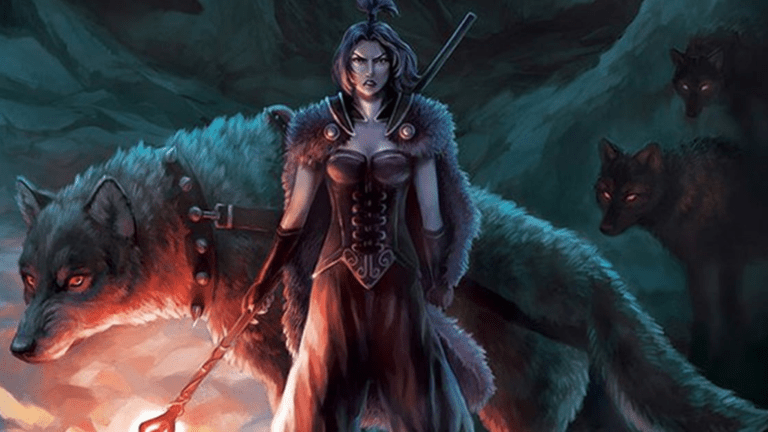







Where in the Prose or Eddas is Angrboda described as being a redhead?
Indeed, I could have been a lot clearer with what I meant there. I’ve tried to clean it up a bit.